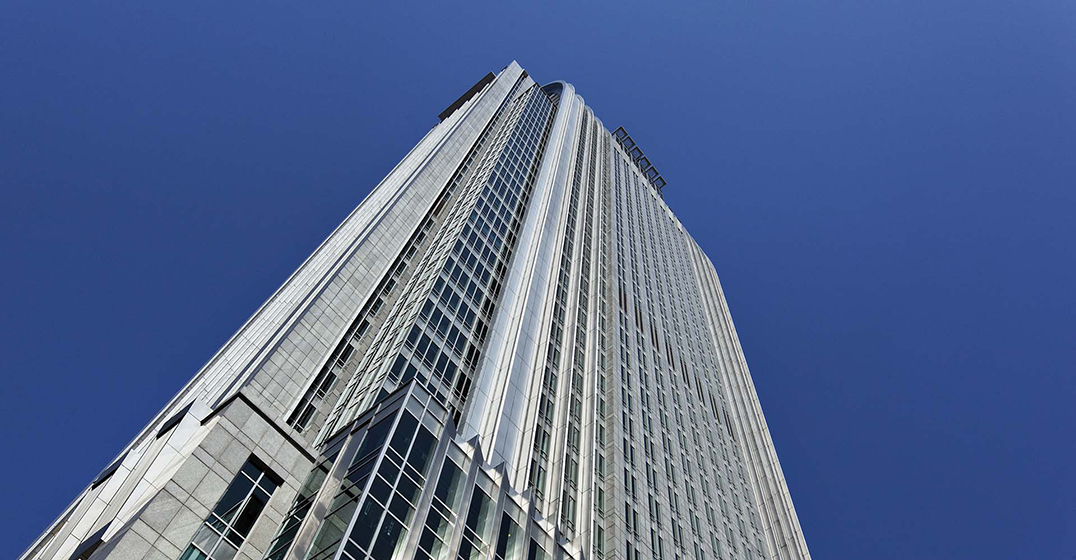Why future skyscrapers and buildings will be made with wood
By WATG
September 8, 2014
Concrete and steel have been the primary materials used to construct the majority of buildings, including nearly all skyscrapers built within the past century. However, as architect Michael Green so eloquently stated during a 2013 TED Talk, wood provides an innovative and environmentally friendly building material solution.
Wood buildings not only store carbon dioxide, but they also reduce emissions, too.
Steel and concrete represent three and five percent, respectively, of man’s greenhouse gas emissions. Additionally, 47 percent of CO2 emissions in the United States comes from buildings, according to Green.
Wood buildings not only store carbon dioxide, but they also reduce emissions, too. Although building with wood involves cutting down trees Green points to a number of sustainable forestry tactics that cut down the right trees with fast growing cycles – five, 10 or 15 years. He claims North America grows enough wood to build a 20 story building every 13 minutes.
WATG values environmental responsibility, and one of our team members was ahead of the curve by designing the wood buildings in the Lisbon Expo Pavilion during the mid to late 90s.
The Lisbon Expo Pavilion has since been rebranded to the MEO Arena and was built in 1998 in Lisbon, Portugal. The indoor arena holds 15,000 fans and hosts many concerts, conventions and professional sporting events throughout the year. The building’s unique roof trusses are made entirely out of laminated wood, covering an area measuring 535 ft. by 360 ft. The design emulates ships used by the Portuguese on their voyages to Asia, and in addition to offering beauty and longevity, the wood materials will continue to deliver an abundance of structural benefits, including:
Wood has a natural flexibility and this is even more important in Portugal, as the area occupies a seismic zone.
The building’s proximity to the Tagus River allows the wood material to act as a natural heat exchanger for the overall cooling and heating of the building.
All of the building’s ventilation is placed under the seating. Additionally, the building uses natural sunlight to enhance ventilation and to reduce energy costs.
As a building material, wood requires little to no maintenance and maintains its magnificent appearance as it ages.
Wood has a natural flexibility and this is even more important in Portugal, as the area occupies a seismic zone.
WATG has implemented wood materials into a few projects, including the Hawaii Convention Center. WATG also continues to learn about the natural building material’s benefits. As a company, we strive to find innovative and resourceful ways to create spectacular venues, buildings, resorts and destinations that will be enjoyed for generations to come.
Latest Insights
Perspectives, trends, news.
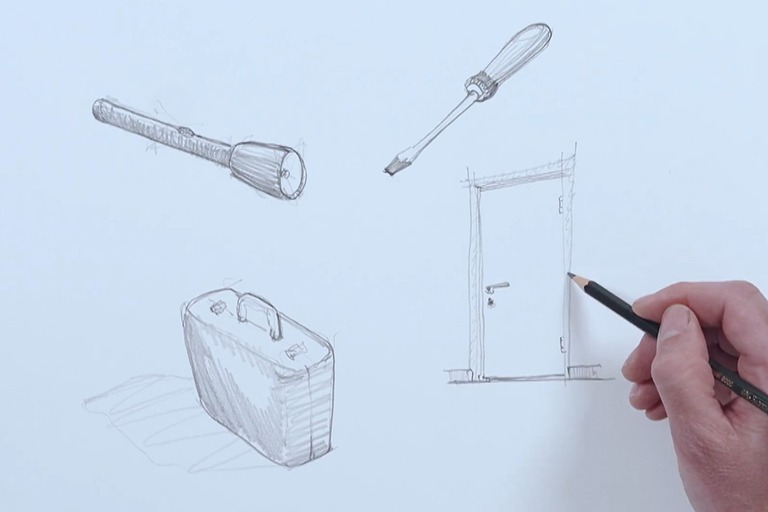
- News
The Torch, The Screwdriver, and the Pencil – Pete Wimberly’s Story
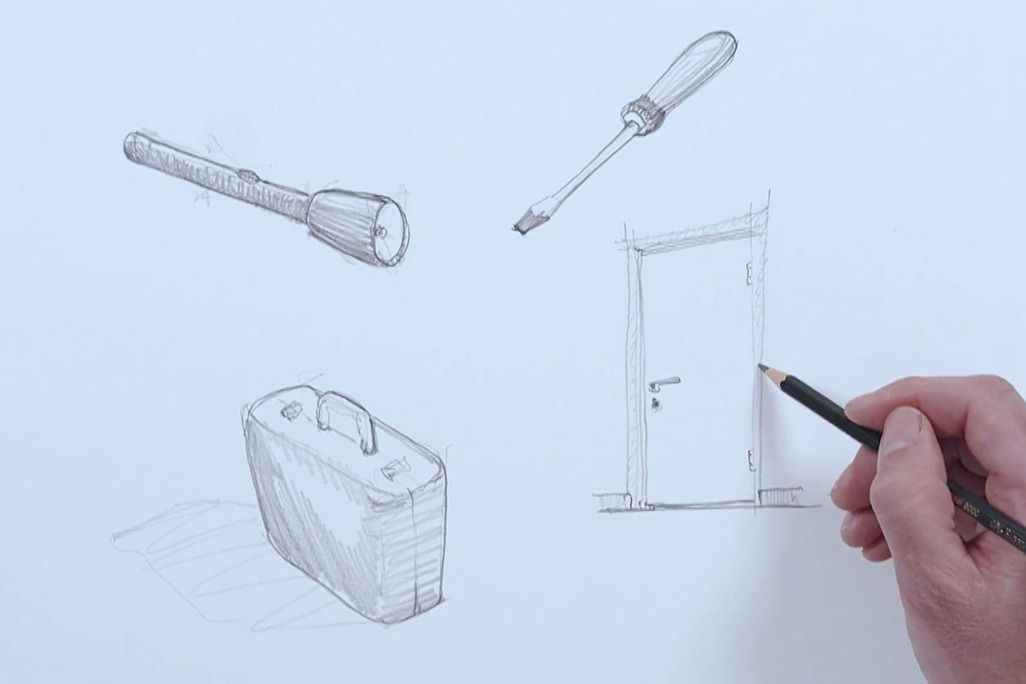
- News
The Torch, The Screwdriver, and the Pencil – Pete Wimberly’s Story
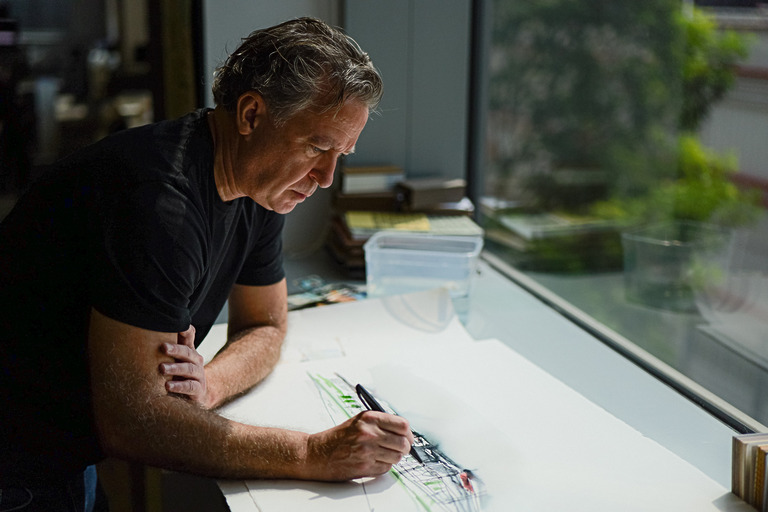
- Employee Feature
Ian Simpson: Constantly Curious, Constantly Creative
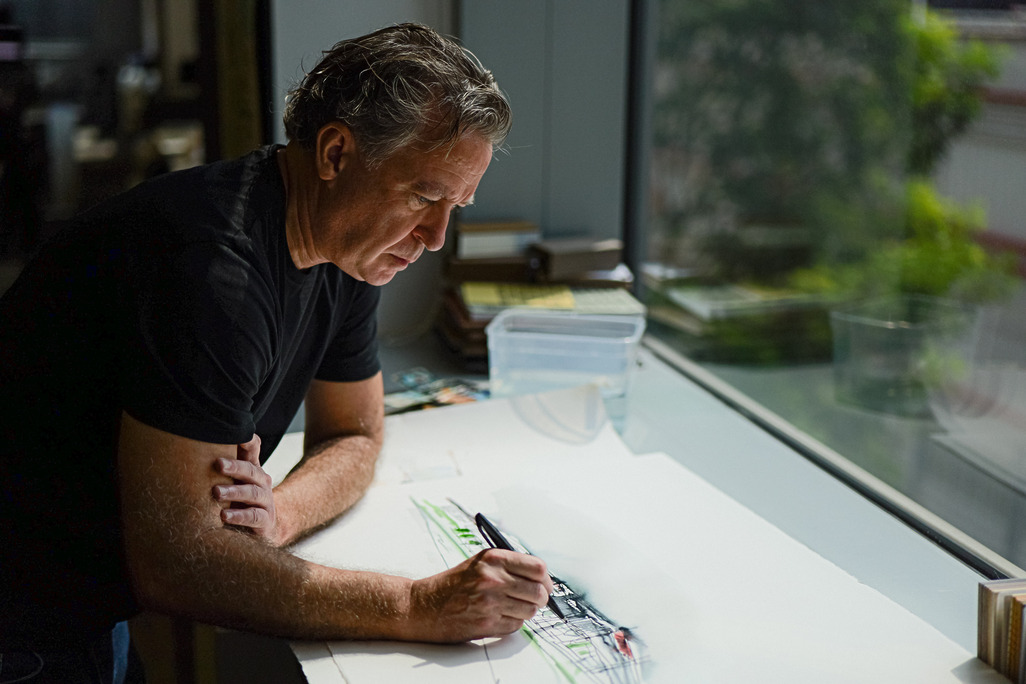
- Employee Feature
Ian Simpson: Constantly Curious, Constantly Creative
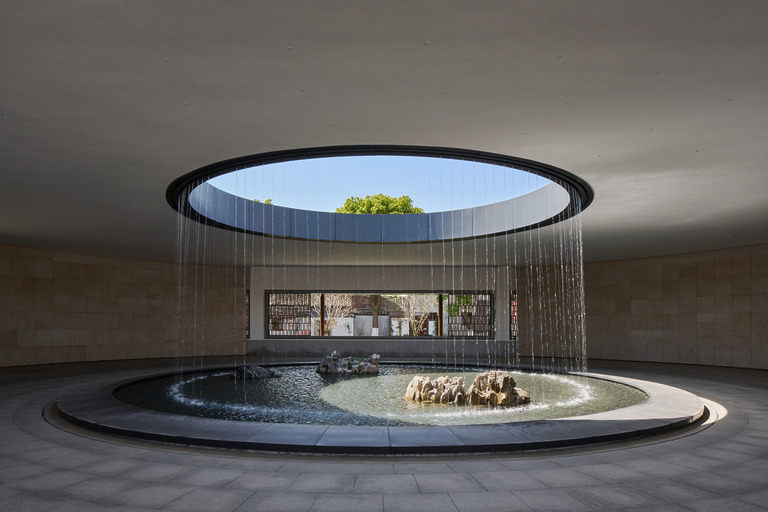
- Strategy & Research |
- Design Thinking & Innovation
Designing the Arrival Experience
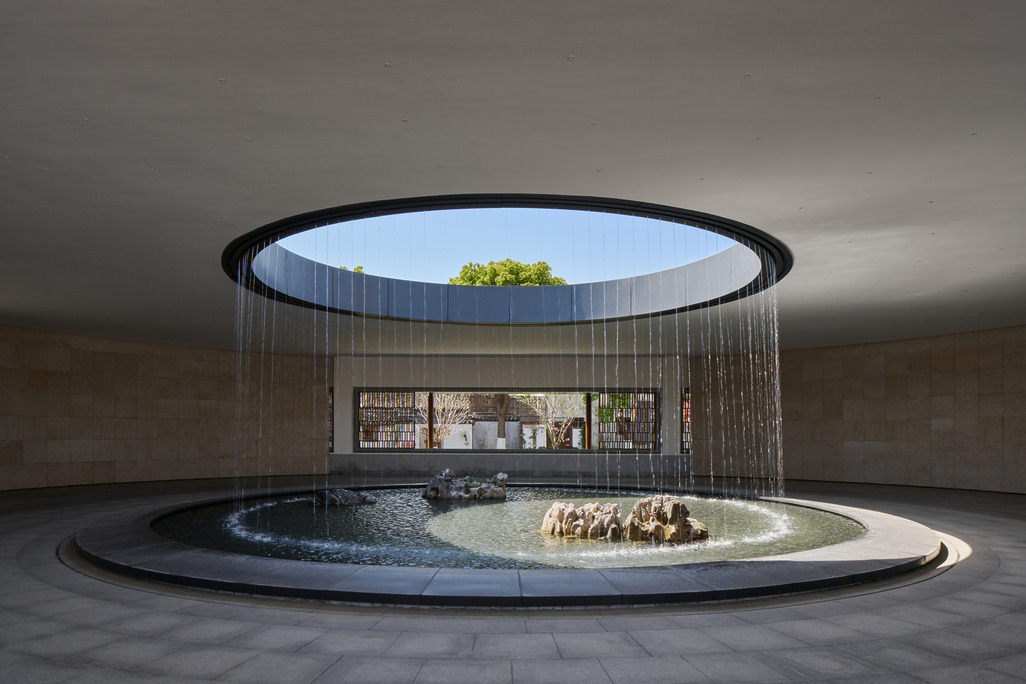
- Strategy & Research |
- Design Thinking & Innovation
Designing the Arrival Experience
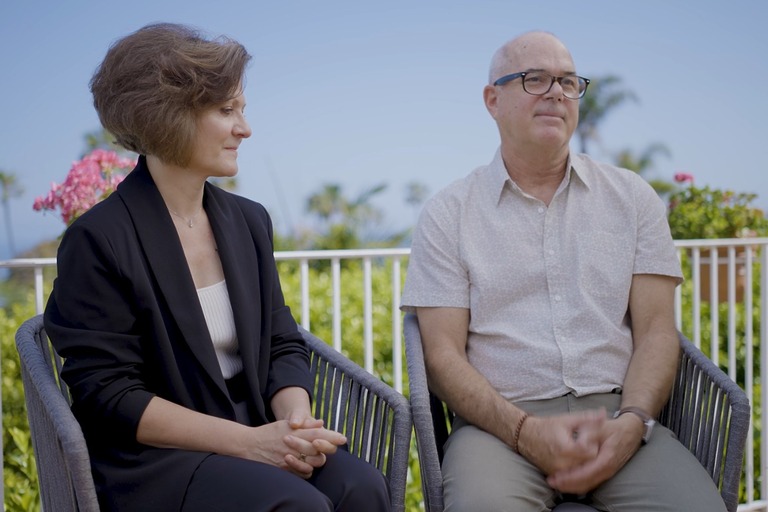
- Employee Feature |
- Inside WATG
Mentorship, Community, and Creativity: WATG’s Blueprint for the Next 80 Years
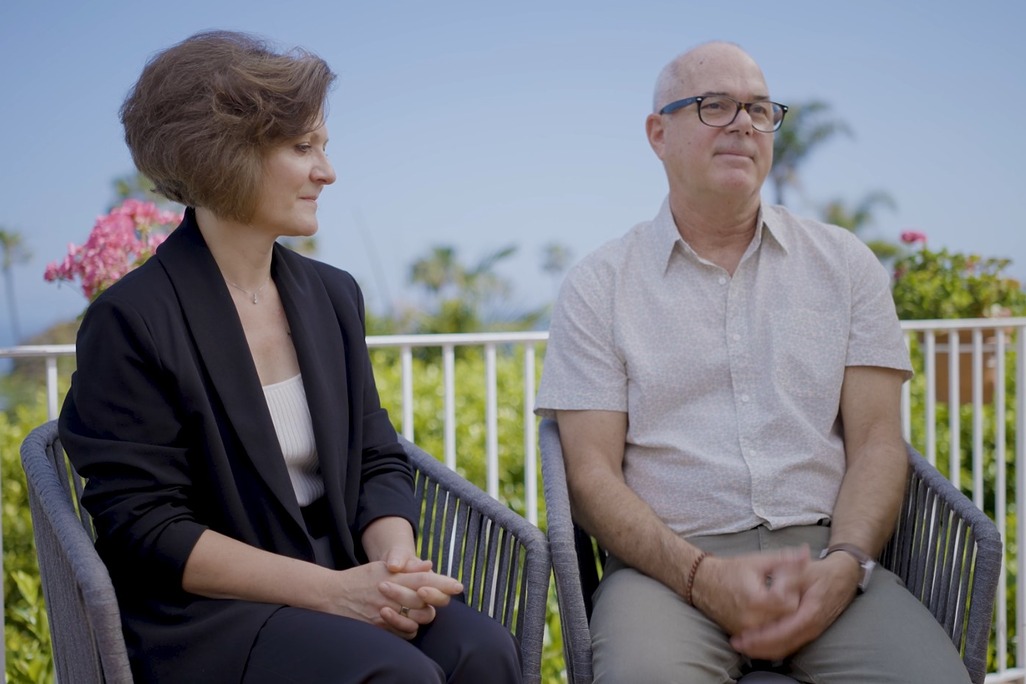
- Employee Feature |
- Inside WATG
